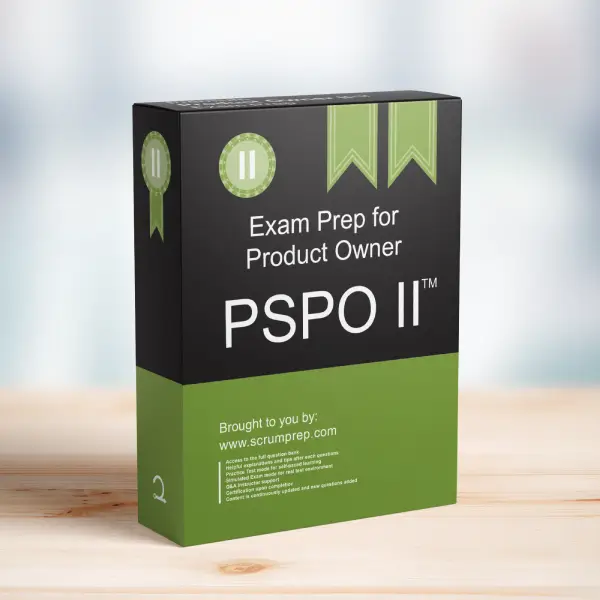Strategy for Long-Term Viability of a Product
When faced with challenges in current value and capacity, a Product Owner must adopt a strategic approach to ensure the long-term viability of the product.
Exam Question
Your product’s current value is low and your most recent three releases have failed to improve the current value, but the unrealized value of the Product is high.
– Your product cost ratio is 85%, meaning that you have a very low capacity to deliver new features.
– Your time-to-market is also quite long.
As a Product Owner focused on the long-term viability of your product, which strategy should you pursue?
(choose the best answer)
A. Drop the product, since you have not been able to improve customer satisfaction, it is better to focus on some other opportunity.
B. Focus on identifying and delivering high-value features with the limited capacity you have, trying to win customers and increase revenue.
C. Seek out and eliminate the sources of waste to improve your Product Cost Ratio and Time to Market, building a foundation for future innovation.
Correct Answer
C. Seek out and eliminate the sources of waste to improve your Product Cost Ratio and Time to Market, building a foundation for future innovation.
Explanation
Correct Answer
C. Seek out and eliminate the sources of waste to improve your Product Cost Ratio and Time to Market, building a foundation for future innovation:
This strategy focuses on addressing the underlying issues that are hampering the product’s performance. By improving efficiency and reducing waste, you can increase your capacity to deliver new features and reduce time-to-market. This creates a stronger foundation for leveraging the high unrealized value and future innovation.
Incorrect Answers
A. Drop the product, since you have not been able to improve customer satisfaction, it is better to focus on some other opportunity:
Dropping the product may seem like an immediate solution, but it disregards the high unrealized value. Abandoning the product without attempting to resolve underlying issues could mean missing out on potential future gains.
B. Focus on identifying and delivering high-value features with the limited capacity you have, trying to win customers and increase revenue:
While focusing on high-value features is important, it does not address the fundamental problems of high product cost ratio and long time-to-market. Without improving these, the product’s long-term viability remains threatened.
Responsibilities in Scrum
- Product Owner: The Product Owner is responsible for maximizing the value of the product by making strategic decisions. This includes identifying areas of inefficiency and working to improve them to increase capacity and reduce time-to-market.
- Scrum Master: The Scrum Master supports the Product Owner by facilitating continuous improvement and helping the team address impediments that lead to waste.
- Developers: Developers contribute to identifying sources of waste and inefficiency and implementing solutions to improve the product’s performance.
Relevance to the PSPO II Exam
Understanding strategies to improve product viability is crucial for the PSPO II exam. This knowledge helps Product Owners make informed decisions to enhance product value and performance, ensuring long-term success.
Key Takeaways
- Addressing underlying issues like waste and inefficiency is critical for improving product viability.
- Improving the product cost ratio and time-to-market creates a foundation for future innovation.
- Strategic decisions should focus on both immediate value delivery and long-term sustainability.
Conclusion
As a Product Owner, focusing on eliminating waste and improving efficiency is essential for the long-term viability of a product with high unrealized value. This approach ensures that the product can continue to deliver value and innovate in the future. For more information on preparing for the PSPO II exam, visit our PSPO II Exam Prep.



